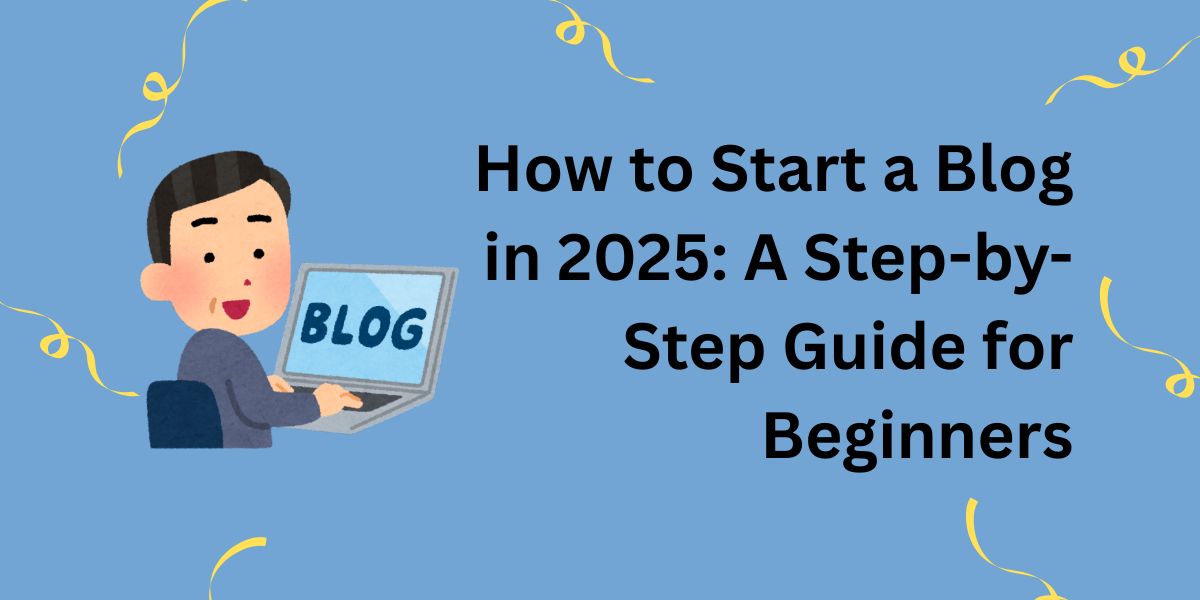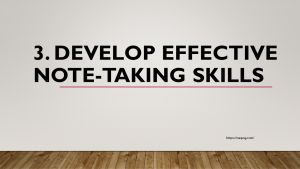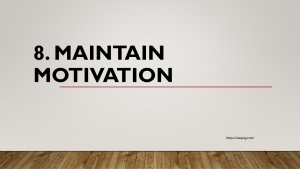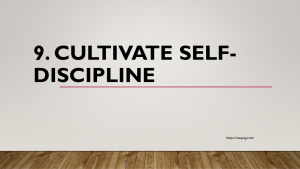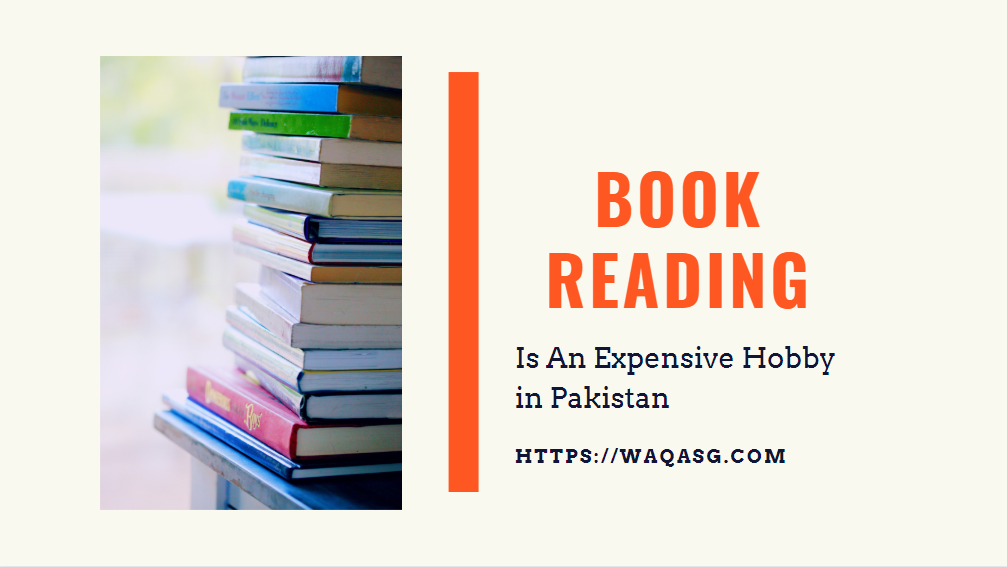How to Start a Blog in 2025: A Step-by-Step Guide for Beginners
Originally published on March 22, 2025 | Last Updated on April 24, 2025
Starting a blog in 2025 is one of the best ways to share your passion, build a personal brand, and even earn money online. With over 600 million blogs on the internet, there’s still plenty of room for new voices to stand out. Whether you want to write about travel, food, technology, or personal finance, blogging offers endless opportunities to connect with a global audience.
But where do you start? How do you create a blog that attracts readers and ranks well on search engines? In this guide, we’ll walk you through the step-by-step process of starting a blog in 2025, from choosing a niche to publishing your first post. Let’s get started!
Step 1: Choose Your Blog Niche
Your blog niche is the topic or category you’ll focus on. Choosing the right niche is crucial because it helps you target a specific audience and stand out in a crowded online space.
How to Choose a Niche:
- Follow Your Passion: Write about something you’re genuinely interested in.
- Consider Profitability: Research niches with monetization potential (e.g., affiliate marketing, ads, or selling products).
- Analyze Competition: Use tools like Google Trends or Ahrefs to identify trending topics and gaps in the market.
Pro Tip: Popular niches in 2025 include personal finance, health and wellness, technology, and sustainable living.
Step 2: Pick a Blogging Platform
Your blogging platform is the foundation of your blog. While there are many options, WordPress.org is the most popular and flexible choice for beginners and professionals alike.
Why Choose WordPress.org?
- Customization: Thousands of themes and plugins to design and enhance your blog.
- Ownership: You have full control over your content and website.
- SEO-Friendly: Built-in features to help your blog rank on search engines.
Pro Tip: Avoid free platforms like WordPress.com or Blogger if you’re serious about blogging, as they limit customization and monetization options.
Step 3: Get Web Hosting and a Domain Name
Web hosting is where your blog’s files are stored, and your domain name is your blog’s address (e.g., www.yourblogname.com).
How to Choose a Web Host:
- Reliability: Look for a host with high uptime (99.9% or higher).
- Speed: Fast loading times improve user experience and SEO.
- Support: 24/7 customer support is essential for troubleshooting.
Recommended Hosting Providers:
- Bluehost: Affordable and beginner-friendly.
- SiteGround: Excellent performance and support.
Pro Tip: Choose a domain name that’s short, memorable, and relevant to your niche.
Step 4: Install WordPress and Choose a Theme
Once you’ve signed up for hosting, install WordPress and choose a theme that reflects your blog’s style and purpose.
How to Install WordPress:
- Most hosting providers offer a one-click WordPress installation.
- Follow the prompts to set up your blog.
How to Choose a Theme:
- Responsive Design: Ensure the theme looks great on all devices.
- Customization Options: Look for themes with easy-to-use customization tools.
- SEO-Friendly: Choose themes optimized for search engines.
Pro Tip: Use free themes from the WordPress Theme Directory or premium themes from marketplaces like ThemeForest.
Step 5: Create Essential Pages and Set Up Plugins
Before publishing your first post, create essential pages and install plugins to enhance your blog’s functionality.
Essential Pages:
- About Page: Share your story and mission.
- Contact Page: Let readers get in touch with you.
- Privacy Policy: Comply with data protection regulations.
Must-Have Plugins:
- Yoast SEO: Optimize your blog for search engines.
- Akismet: Protect your blog from spam comments.
- WP Super Cache: Improve your blog’s loading speed.
Pro Tip: Keep your plugins updated to ensure compatibility and security.
Step 6: Write and Publish Your First Blog Post
Now comes the fun part—writing your first blog post! Focus on creating high-quality, engaging content that provides value to your readers.
Tips for Writing a Great Blog Post:
- Choose a Catchy Title: Use tools like CoSchedule Headline Analyzer to craft compelling titles.
- Use Subheadings: Break up your content with H2 and H3 tags for better readability.
- Add Visuals: Include images, infographics, or videos to make your post more engaging.
- Optimize for SEO: Use keywords naturally, add meta descriptions, and include internal and external links.
Pro Tip: Use tools like Grammarly to check for grammar and spelling errors.
Step 7: Promote Your Blog
Publishing your post is just the beginning. To attract readers, you need to promote your blog effectively.
Promotion Strategies:
- Share on Social Media: Post your content on platforms like Instagram, Twitter, and LinkedIn.
- Engage with Communities: Join forums or groups related to your niche and share your blog posts.
- Email Marketing: Build an email list and send regular updates to your subscribers.
Pro Tip: Use tools like Buffer or Hootsuite to schedule and manage your social media posts.
Conclusion: Start Your Blogging Journey Today
Starting a blog in 2025 is easier than ever, but success requires planning, consistency, and a willingness to learn. By following this step-by-step guide, you can create a blog that stands out, attracts readers, and achieves your goals—whether that’s sharing your passion, building a personal brand, or earning money online.
Remember, blogging is a journey, not a sprint. Stay patient, keep improving your skills, and most importantly, enjoy the process. The world is waiting to hear your voice—start your blog today!
